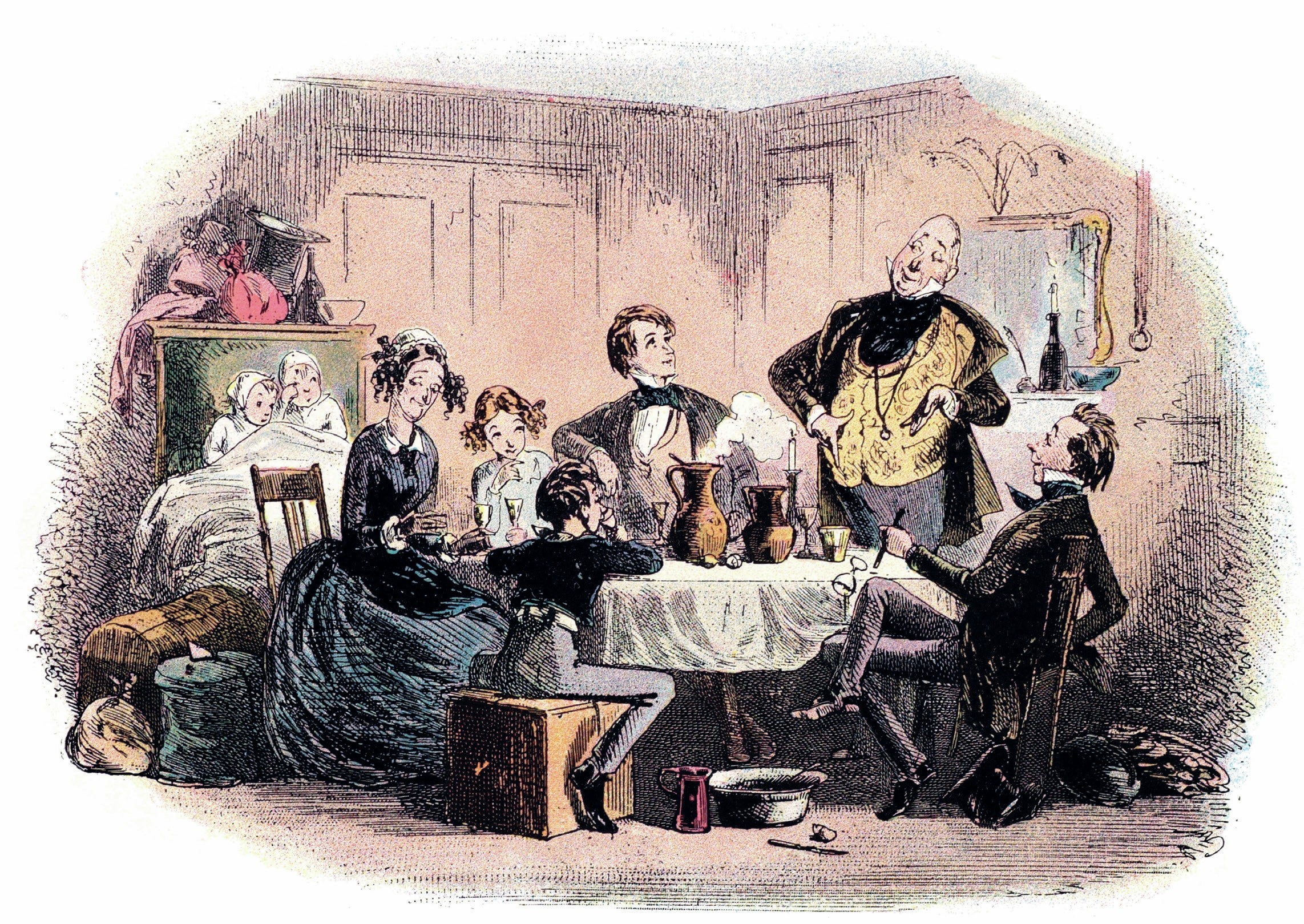
In GCSE English lessons, you are taught about writers’ lives. With Of Mice and Men (1936) you learn about Steinbeck ’s first-hand experience of life among migrant workers in California during the Depression. With An Inspector Calls (1946), you are taught that Priestley observed extreme social deprivation in industrial Bradford. This biographical information suggests that for both writers, witnessing poverty and injustice inspired a strong desire for social change.
Biographical theorists believe that reading the life helps us read the literature. With some writers, indeed, examining their lived experience is the most well-trodden critical pathway into their work. While excessive pseudo-psychological speculation can risk sidelining the writer’s craft, to interrogate the connections between life and art is often a fascinating and rewarding critical exercise.
Your organisation does not have access to this article.
Sign up today to give your students the edge they need to achieve their best grades with subject expertise
Subscribe



